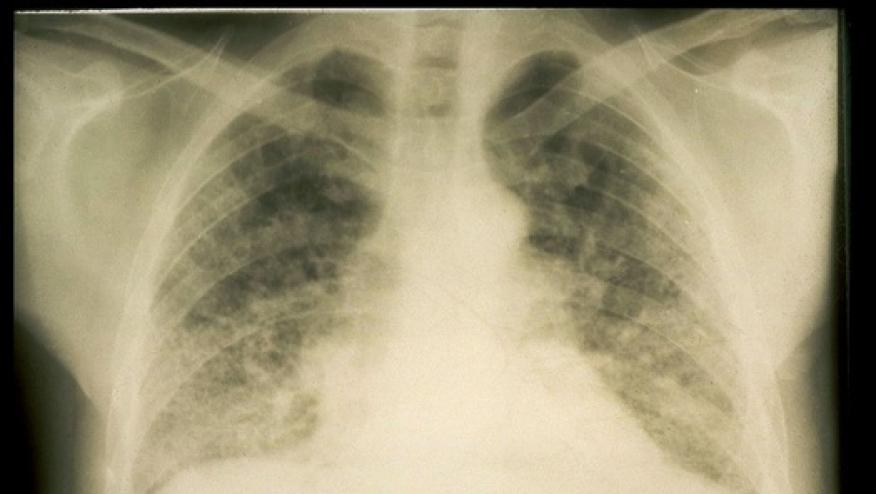Scary Outcomes with Systemic Sclerosis Sine Scleroderma Save

The hallmark of systemic sclerosis (SSc) is scleroderma, but less than 10% of SSc patients have sine scleroderma (ssSSc). A EUSTAR database review compared the manifestations and outcomes of ssSSC to limited cutaneous SSc (lcSSc) and diffuse cutaneous SSc (dcSSc).
While much is known about the findings and outcomes of diffuse and limited forms of SSc, less is known about scleroderma sine scleroderma (ssSSc), a subset defined by the absence of skin fibrosis. .
The EUSTAR database includes 4263 SSc patients, and 376 patients (8.8%) were classified as having ssSSc. These were compared with 708 patients with lcSSc and 708 patients with dcSSc. The primary outcomes included survival and skin manifestations (onset of skin fibrosis, digital ulcers, telangiectasias, puffy fingers).
When compared to limited and diffuse SSc (lcSSc and dcSSc), ssSSc patients had
- greater survival in ssSSc (92.4%) vs. lcSSc (69.4%; P = .06) and dcSSc (55.5%; P < .001) after up to 15 years of follow-up
- lower prevalence of previous or current digital ulcers (28.2% ssSSc vs 53.1% in lcSSc; P < .001; and 68.3% in dcSSc; P < .001)
- lower prevalence of puffy fingers (63.8% vs 82.4% in lcSSc; P < .001; and 87.6% in dcSSc; P < .001)
- skin telangiectasias were associated with diastolic dysfunction in patients with ssSSc (odds ratio, 4.778; 95% CI, 2.060-11.081; P < .001)
- interstitial lung disease was similar between ssSSc and lcSSc (49.8% vs 57.1%; P = .03); but significantly higher in dcSSc (75.0%; P < .001)
- skin fibrosis in ssSSc was associated with anti–Scl-70 antibody positivity (odds ratio, 3.078; 95% CI, 1.227-7.725; P = .02)
Systemic sclerosis sine scleroderma accounted for nearly 10% of patients with SSc; cutaneous findings in this subgroup may be associated with internal organ dysfunction, including a high prevalence of interstitial lung disease (>40%) and SSc renal crisis (almost 3%). In particular, skin telangiectasias in ssSSc were associated with diastolic heart dysfunction.









If you are a health practitioner, you may Login/Register to comment.
Due to the nature of these comment forums, only health practitioners are allowed to comment at this time.